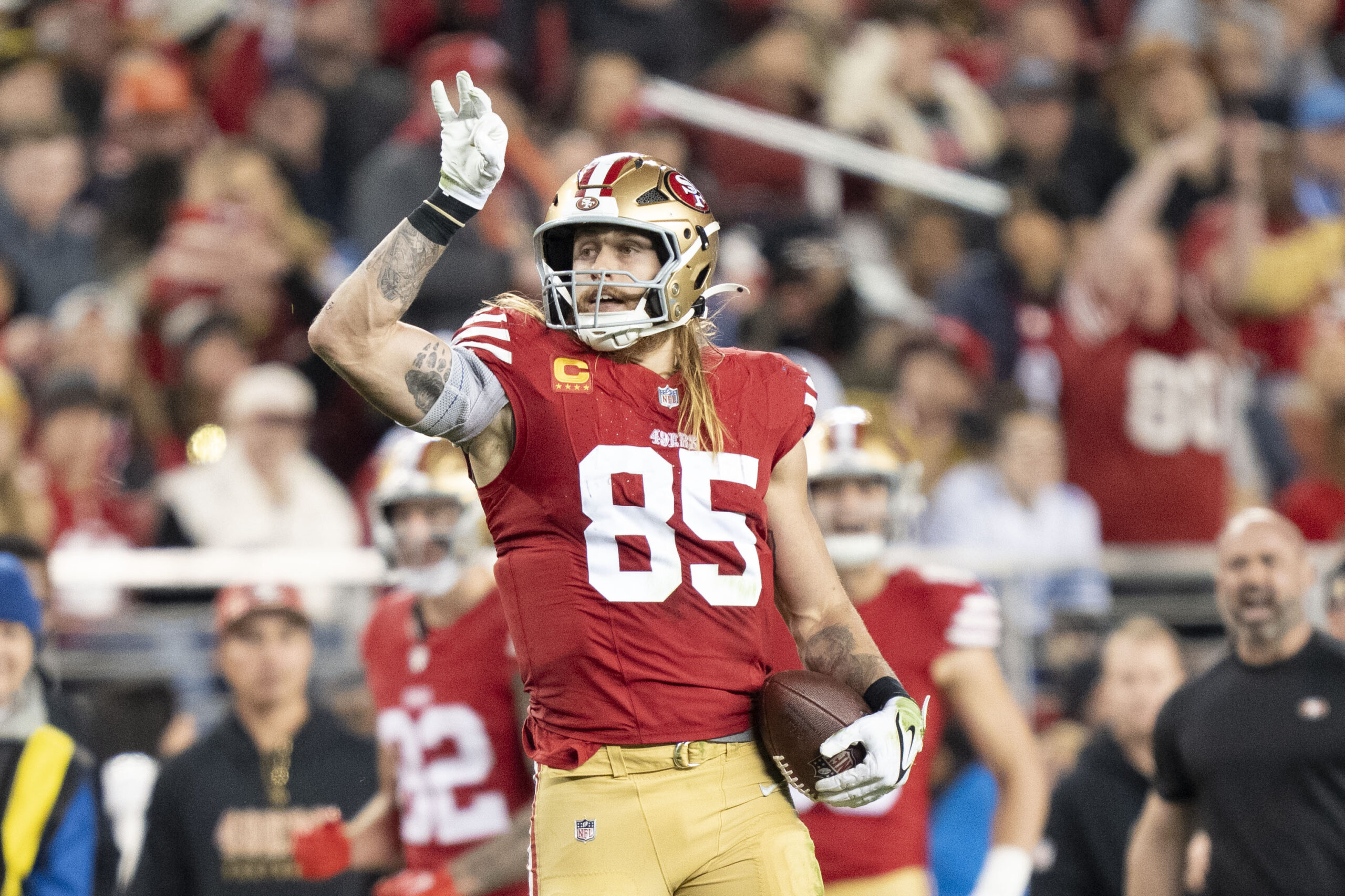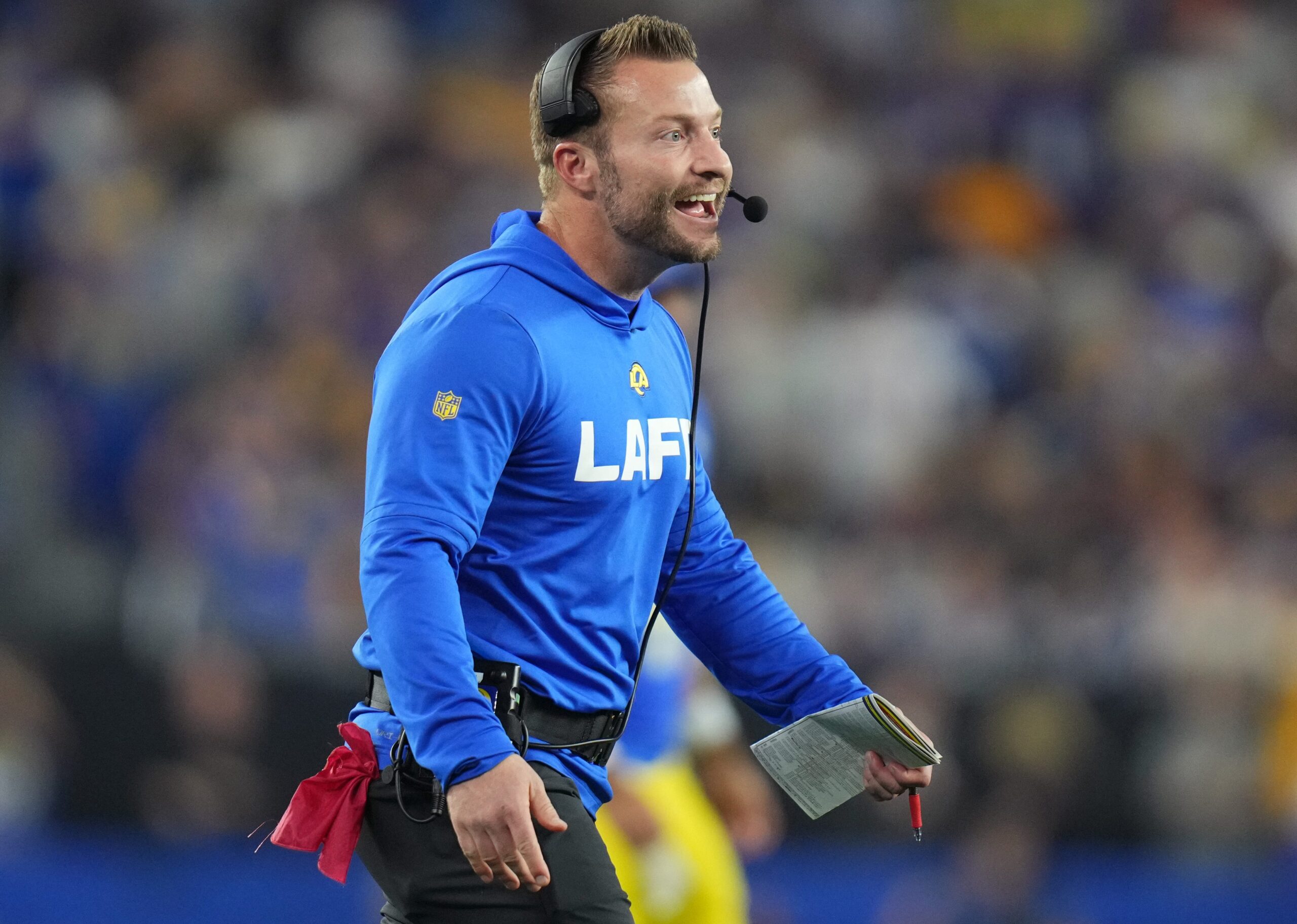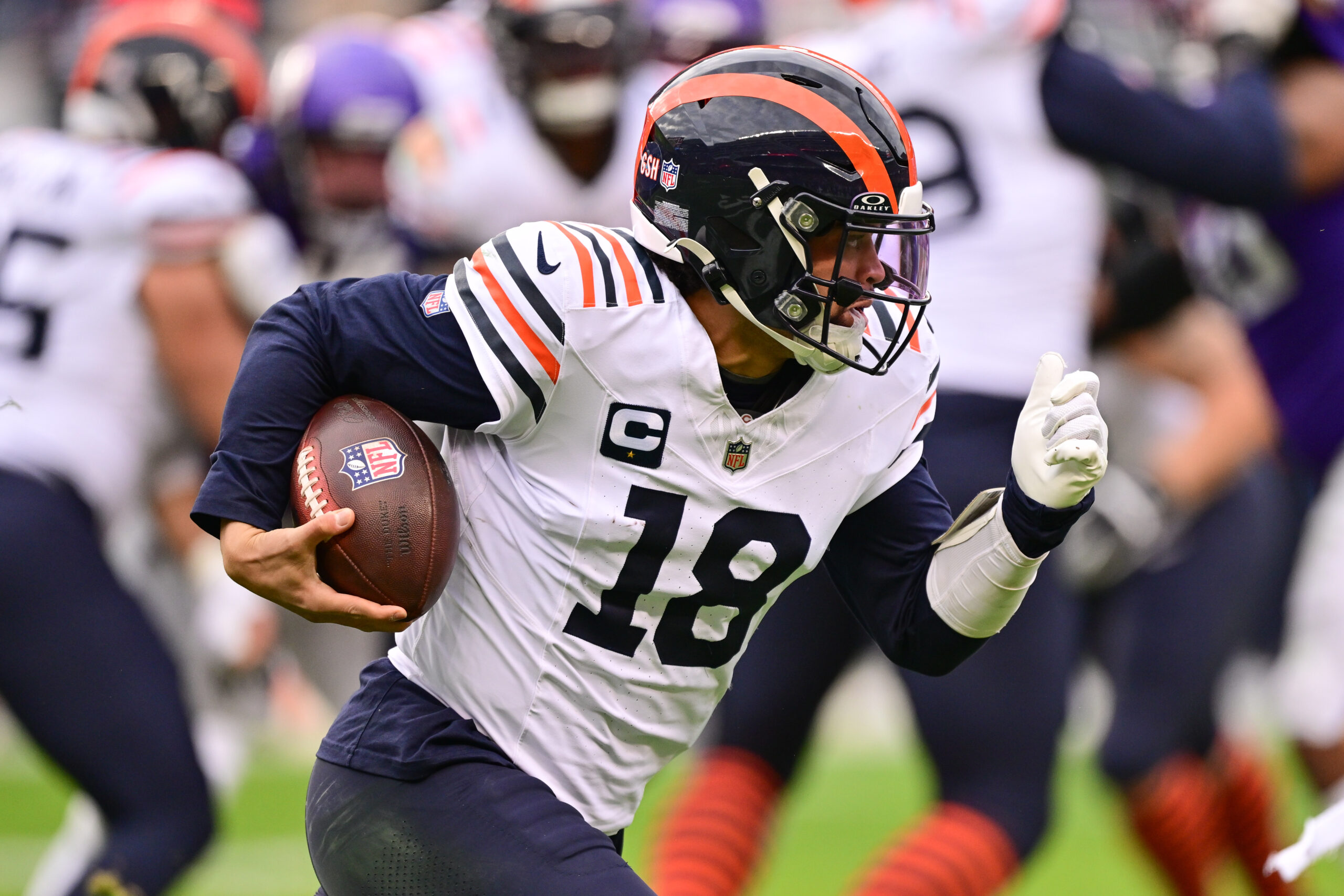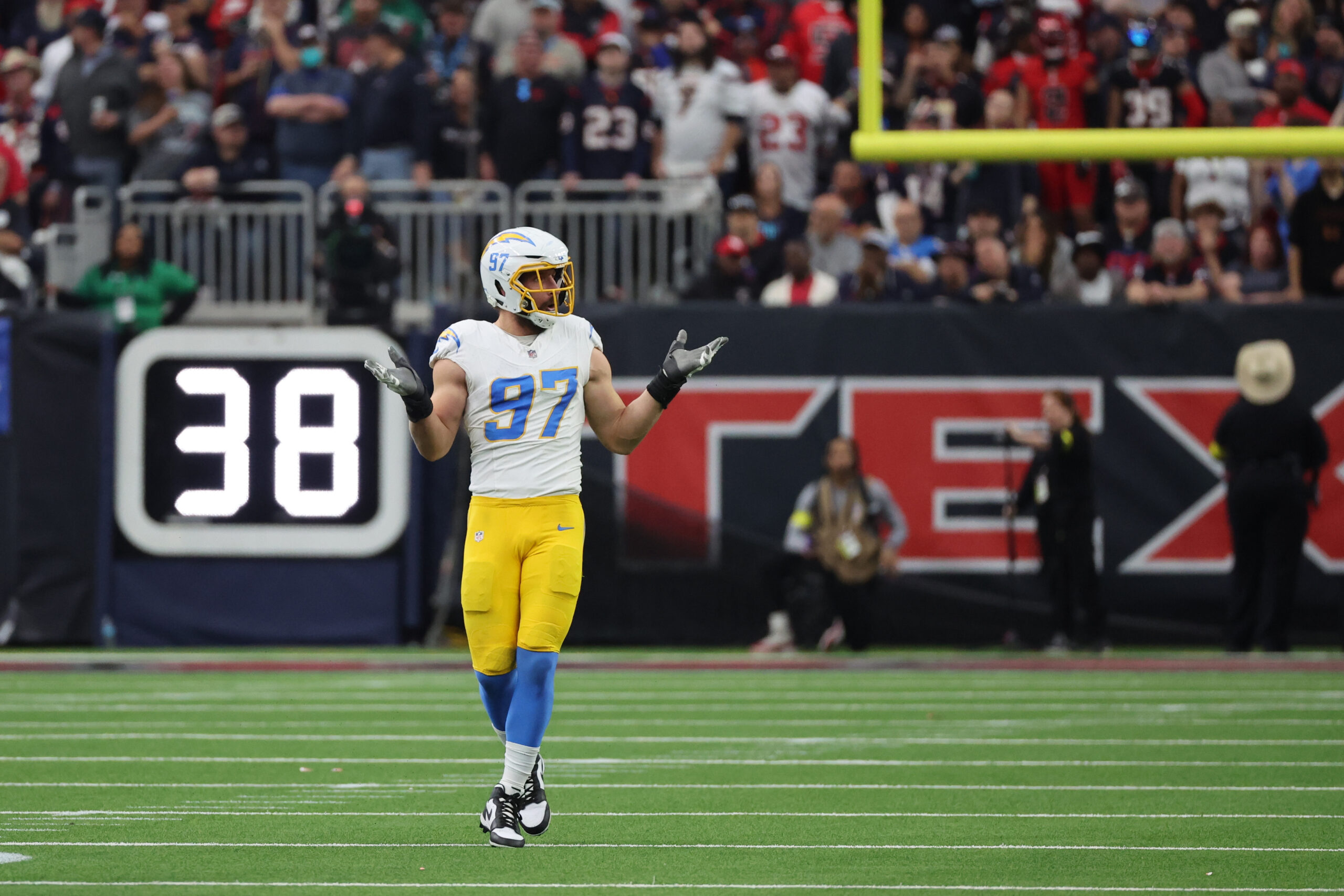NFL Analysis
1/10/25
6 min read
How Denver Broncos Got The Best Out of Bo Nix In 2024 Rookie Breakout
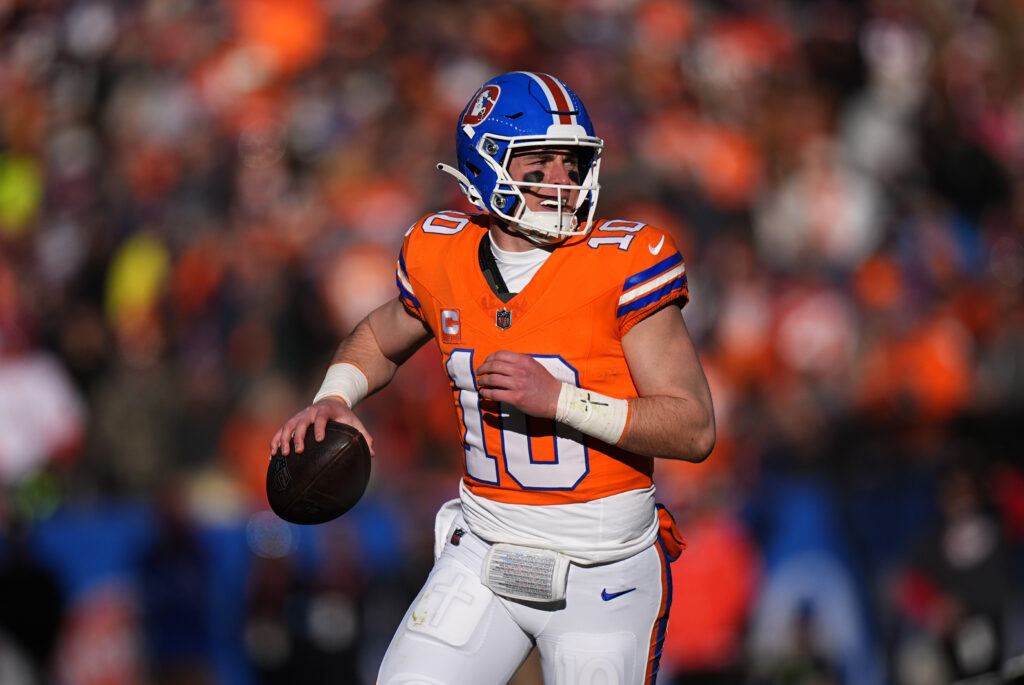
Throughout the 2023 season, the Denver Broncos had a quarterback problem. Russell Wilson was in his second year with Denver and his first with head coach Sean Payton. Payton came in with the hope of getting the most out of Wilson, though that pairing never completely fit.
In Payton’s first training camp, he downplayed how important it was to get Wilson back on track. He told USA Today, “[R]ealistically, if in a year I didn’t like it, I’m not married to him.”
Wilson went on to rank 20th in EPA per play among quarterbacks in 2023 with the third-lowest averaged depth of completion. No quarterback threw more often to running backs, as Wilson often relied on the check down. It was a poor fit between player and coach. By the end of the season, Wilson had been benched to prevent 2024 guarantees from triggering and Wilson was eventually released.
For the next quarterback to work, it would have to be someone Payton truly believed in. When the Broncos drafted Bo Nix 12th overall in the 2024 draft, the belief was sold hard — maybe a bit too hard.
Nix was a divisive prospect — an average three-year starter at Auburn who broke out after transferring to Oregon for his final two collegiate seasons. He was athletic and accurate but played in an offense that asked to keep most of his throws underneath.
Among 106 qualified quarterbacks, he had the fifth-lowest average depth of target (6.60, according to TruMedia. He was also pressured the least of any quarterback in college football during the 2023 season at just 16 percent.
Payton believed Nix could handle more than that and put a lot on the rookie’s plate to start the season. The results were mixed. Despite some wins and high-volume performances, Nix’s play never fully matched some public perception.
Through Week 9, as the Broncos were 5-4, Nix averaged -0.11 EPA per play with a 39.8 percent success rate. Those ranked 28th and 27th, respectively, among 35 qualified quarterbacks.
He was pressured on 31.9 percent of his dropbacks through Week 9, and much of that was brought on himself. Nix was skittish in the pocket and often bailed early or unnecessarily changed his footwork to throw on the move, even when a clean pocket was available.
Nix doesn't take many sacks at a high rate under pressure — he still has the seventh-lowest pressure-to-sack rate in the league this season (13.4 percent) — but his overall performance under pressure was among the worst in the league. His 24.1 percent success rate under pressure was 31st through Week 9.
Part of the sack/performance split was due to Nix leaving clean pockets early. On occasion, he would leave the pocket and invite pressure on himself. That made the pressure less likely to result in a sack but did not put the quarterback in a favorable position to create a positive play.
The footwork issue was not ignored by the Broncos. Payton was asked about it in October.
"I think you have to be careful you're not over-coaching,” Payton said. “There are some things he does very well out of the pocket or climbing up in the pocket. I think we start with the focus on timing of the route, the depth of the route in the gun or under center, three-, five- or seven(-step drop).”
"We work on the rhythm of the play so that his feet marry up to the depth of the route,” Payton continued. “The times where he's climbing the pocket or moving in the pocket, we're pretty smart about how much we saw or how much we try to fix."
Finding that balance took the Broncos to an offense that looks a little more like what Nix ran at Oregon. Since Week 10, his aDOT dropped a yard and a half, he’s using more play-action, getting the ball out quicker, and getting pressured less often.
For the second half of the season, we're going to use games through Week 17. Nix had an incredible day against the Chiefs in Week 18 against backups without much of a defensive game plan. This will allow for a more accurate representation of the offensive production in more competitive scenarios.

The emphasis on quick passes hasn’t just helped Nix get more into a rhythm. Denver has gotten more out of those plays over the second half of the season. A big part of that is an increase in the screen game, which has put more structure into those throws. Through Week 9, Nix threw a screen on 9.9 percent of his attempts. From Weeks 10-17, that jumped to 17.2 percent.
On screens through Week 9, Nix averaged -0.24 EPA per play. That bumped up to 0.27 EPA per play since. The increase in volume and efficiency in screens also coincides with the increase in playing time for Marvin Mims.
Having those types of plays to rely on has allowed Nix to be calmer in the pocket. He’s decreased his rate of plays outside the pocket from 27.1 to 22.8 and his plays outside of the pocket have been more deliberate — rollouts and bootlegs more than rushed scrambles. After averaging -0.06 EPA per play outside the pocket during the first half of the season, he averaged 0.22 since.
When he’s comfortable, Nix has the aggressiveness and willingness to let the ball rip.
With more work underneath, throws down the field have opened up for Nix. Through Week 9, he had only completed 36.3 percent of his throws that traveled 11 or more air yards and averaged 0.06 EPA per play on those attempts. Since Week 10, he’s completed 49.2 percent and averaged 0.53 EPA per play — both rank 12th in that time.
Nix is not too dissimilar to Baker Mayfield and how the Tampa Bay offense has been constructed to rein in the former first-overall pick from his worst tendencies of drifting in the pocket and trying to do too much to extend plays.
Getting the rookie in a more controlled environment behind one of the league’s best pass-blocking offensive lines has allowed Nix to settle down and not be as rushed in his process. Giving more easy answers has also opened the path for the more difficult throws that Nix has been willing and able to hit throughout a game.
Nix might not yet be the star his most vocal online supporters will try to make you believe but there’s a better foundation both from the quarterback and offensive structure than it appeared there might be at the start of the year. It resulted in a surprise playoff berth for a team with a preseason win total set at 5.5.
If the story of the 2023 season was about the disconnect between quarterback, coach, and offense, the 2024 version is about how they found the right balance and connection throughout the year with the potential of more to come.


